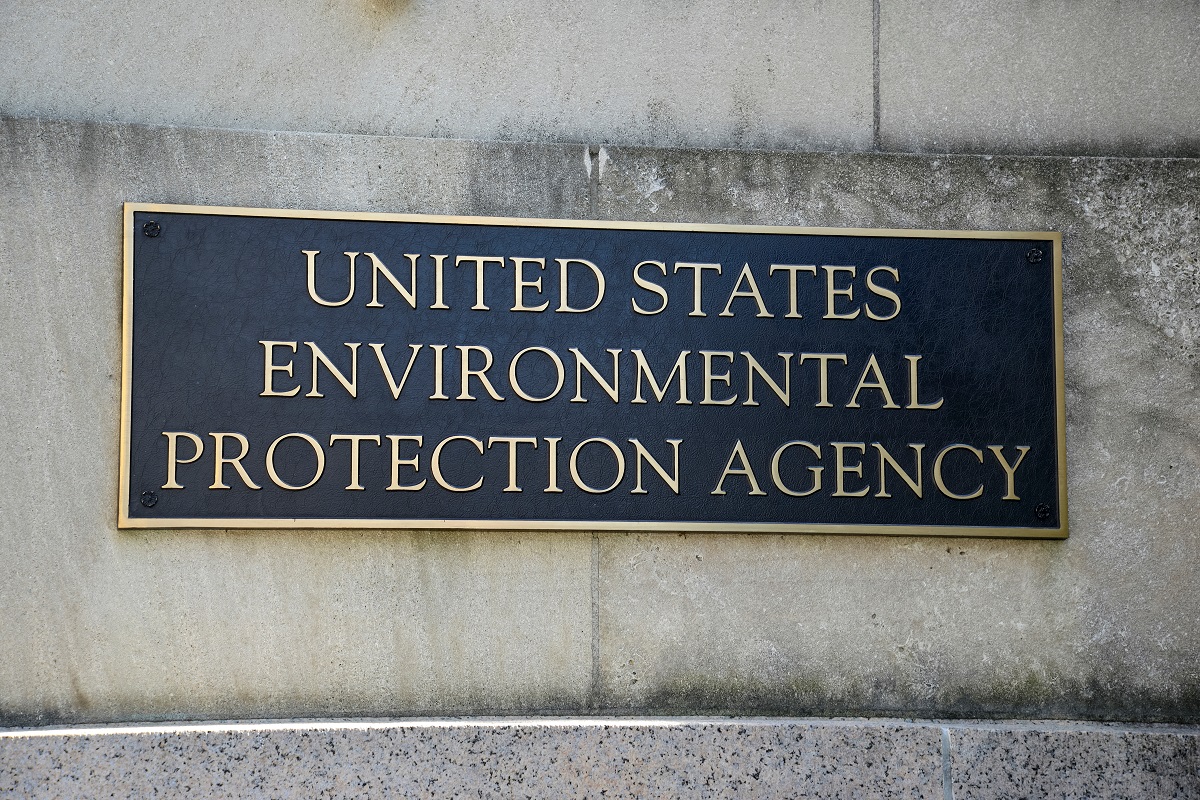The Biden-Harris administration submitted its fiscal year (FY) 2022 budget to Congress on May 28, 2021. It included $11.2 billion earmarked for the EPA, according to an Agency press release.
“The FY 2022 President’s Budget proposes the investments needed to advance EPA’s mission across the board. The Budget boosts support to our state, local, and Tribal partners, increases support for national treasures like the Great Lakes and Chesapeake Bay, accelerates job-creating water infrastructure improvements, elevates environmental justice across the agency, increases support for science, and importantly, makes sure all EPA offices have the operational budgets and workforces they need to deliver for the American people,” says EPA Administrator Michael S. Regan.
The funds marked for the EPA include the following initiatives:
- Rebuilding infrastructure and creating jobs.
“The Budget provides $882 million for the Superfund Remedial program to clean up some of the nation’s most contaminated land, reduce emissions of toxic substances and greenhouse gases from existing and abandoned infrastructure, and respond to environmental emergencies, oil spills, and natural disasters. With this funding, the EPA would begin the cleanup of more than 20 National Priority List (NPL) sites and accelerate work at more than 15 NPL sites with ongoing construction projects, and allow for enhanced engagement at lead contaminated sites.” It also includes a $40 million increase for the Brownfields Projects Program and $80 million for the Water Infrastructure Finance and Innovation Act (WIFIA) program. Additionally, “under the Homeland Security: Critical Infrastructure Protection Program, $15 million will be used to prepare water system operators for potential hacking threats.”
- Protecting public health.
Funds of $75 million were included “to accelerate toxicity studies and fund research to inform the regulatory developments of designating PFAS as hazardous substances while setting enforceable limits for PFAS.” $15 million and funding for 87 additional full-time equivalent employees (FTEs) are included “to build agency capacity in managing chemical safety and toxic substances under Toxic Substances Control Act (TSCA).” The Diesel Emissions Reduction Act (DERA) program received a $60 million increase in funding to help “reduce pollution from diesel school buses.”
- Tackling the climate crisis with the urgency science demands.
“The Budget restores the Air, Climate and Energy Research Program and increases base funding by more than $60 million, including $30 million for break-through research through ARPA-C (Advanced Research Projects Agency-Climate) with the Department of Energy. The FY 2022 Budget provides an additional $6.1 million and 14 [FTEs] to implement the recently enacted American Innovation in Manufacturing Act and reduce potent greenhouse gases while supporting new manufacturing in the United States. To support international partners with the phase-out of HFCs (hydrofluorocarbons), the Budget includes more than a $9 million increase for the Stratospheric Ozone Multilateral Fund.”
- Advancing environmental justice and civil rights.
A new program, the EPA’s Accelerating Environmental and Economic Justice Initiative, received $900 million budgeted for “environmental justice-related work” and “$150 million for new environmental justice grant programs that aim to implement solutions to environmental burdens.” Plans also include almost “$14 million directed to ensure enforcement of federal civil rights” and “$100 million for the development of a new community monitoring and notification program in the Air Office that will monitor and provide real-time data to the public on environmental pollution, focusing on those communities with the greatest exposure to harmful levels of toxins.”
- Supporting states, tribes, and regional offices.
Roughly half of the total EPA budget request—$5.1 billion—is allocated to support states, tribes, and localities through the State and Tribal Assistance Grants account. Of those funds, “$1.2 billion in Categorical Grants will help EPA partners operate their environmental programs. This includes nearly $322 million for State and Local Air Quality Management and $21 million for Tribal Air Quality Management. The water State Revolving Funds (SRFs) ensure clean and safe water for communities across the nation, and in FY 2022 the Budget proposes $3.2 billion for the SRFs, an increase of $460 million to work to close the infrastructure financing gap. The Budget increases every Geographic Water Program, from Puget Sound to Long Island Sound, and includes $578 million to ensure restoration and sustainable use of these national treasures.”
- Prioritizing science and enhancing the workforce.
Funding for an additional 1,026 FTEs is allotted “to stop the downward slide in the size of EPA’s workforce in recent years to better meet the mission.” Of these new hires, 114 will be hired for EPA research programs, and 86 will be hired for criminal and civil enforcement programs.
See the White House Budget website for more information on the FY 2022 budget and the EPA Budget website for more specific information about the proposed EPA 2022 budget.

